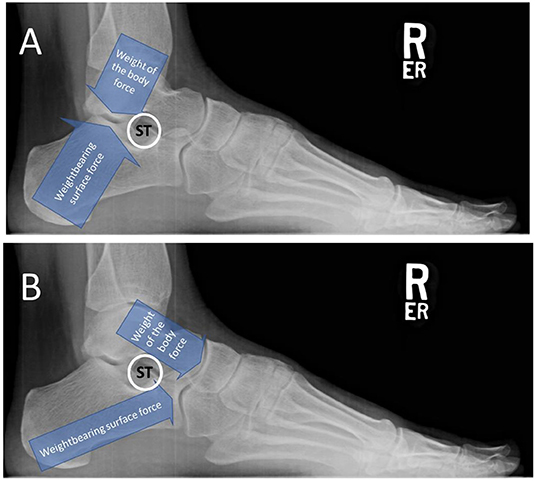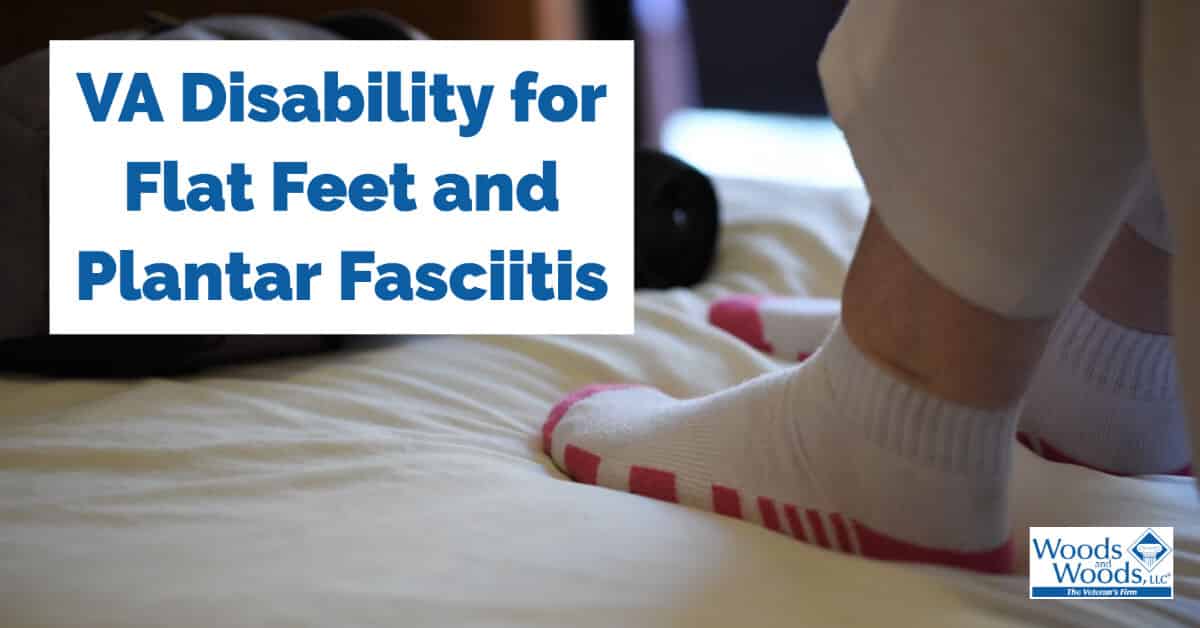

Sometimes from birth, the arch is absent, normally infants of age (4 to 8) are present with some arch but when the arch is absent from the birth infants will show noarch. It is because of theģ – Lack of neuromuscular control Absent Arch Normally toddlers of age (1 to 3 yrs) have flat feet, so don’t panic if your child has flat feet. Causes of congenital pes planus- Laxity – Lets us discuss the causes of congenital pes planus and acquired pes planus.

A strong normal arch is visible around the age of 10 years.Infants of age (4 to 8 yrs) have some arch.Also in this stage, the arch is not visible. Toddlers of age (1 to 3 yrs) have a fat pad under the medial longitudinal arch which protects the medial longitudinal arch until it develops.Generally what happens to the medial longitudinal arch from birth up to age 10 years, regarding its development It can also be either unilateral or bilateral. It can be either unilateral ie present in one foot or it can be bilateral ie present in both the feet.Īcquired pes planus – The word acquired means that the deformity is developed after birth. It can be unilateral (only one foot is involved) or bilateral (both feet are involved).Ĭongenital pes planus – The word congenital means that the deformity can be present either at birth or before birth. Pes planus can be congenital or acquired. Besides treatment, you can consult your doctors and ask for exercises to improve your flat foot conditions.

Treatment is required when flat foot causes pain in the foot or lower limb. Sometimes flat feet can put a lot of strain on your ligaments, muscles, and joints which can lead to a lot of pain in your feet, leg, hips, and back.

Or if it developed after birth it is known as an acquired pes planus. If pes planus deformity develops before or at birth it is known as congenital pes planus. The medial longitudinal arch is elastic and due to its elasticity heavyweights can be supported without any problem. The word ‘Pes’ stands for “human foot” and the word ‘planus’ stands for “flat”. And the entire sole of the feet touches the ground during standing.
BILATERAL PES PLANUS FREE
Call Bosley & Bratch at (727) 274-9227 or complete our free veterans benefits case evaluation form.Pes planus is also known as “Flat foot” is a postural deformity in which your medial longitudinal arch gets collapsed or lowered towards the ground. If you or a loved one served, and suffer from pes planus, we are here to help. If a veteran has flat feet and is not able to find relief from their symptoms by using supports they are considered to have a mild, non-compensable condition and will be rated 0%.īosley & Bratch have been supporting veterans in getting the benefits they deserve since 1995. If a veteran’s weight bearing line is over the big toe and not spread out across the entire foot, there is inward bowing of the Achilles tendon, and pain on manipulation or use of the foot, the veteran can be rated at 10% regardless of whether the condition is unilateral or bilateral. calluses) exist, a veteran can received the next highest rating for flat feet. When medical evidence shows a clear deformity of the veteran’s foot, there is pain with use or manipulation, swelling on use, and characteristic callosities (i.e. 30% for pronounced unilateral flat feet.When a veteran experiences marked pronation, inward displacement of the Achilles tendon on manipulation with spasms, and severe tenderness of the plantar surfaces of the feet, they may receive the highest rating for flat feet if the condition is not helped by shoe supports and both feet are affected. The ratings are based on the severity of the symptoms from mild to pronounced flat feet. You can be rated between a 0% and 50% rating. Frequent high impact physical activity, like military training.Health conditions like rheumatoid arthritis.Dislocated or broken bones in the leg or foot.Inflammation or damage to the posterior tibial tendon.Sometimes a veteran’s service can cause them to develop flat foot, whereas for other veterans their service may have aggravate their flat feet. Difficulty performing certain foot movements, like standing on your toesįlat feet among veterans can be cause by many different factors.Aches or pain in the areas of the arches or heels.Most of the time, flat feet does not cause severe symptoms, but those with a severe case may experience symptoms such as: This condition can develop later on in life can be caused by a veteran’s military service or aggravated by military service. Pes Planus, otherwise known as flat feet, is a common condition where the arches on the inside of the foot are flattened leaving the entire sole of your foot touching the ground when you stand.


 0 kommentar(er)
0 kommentar(er)
